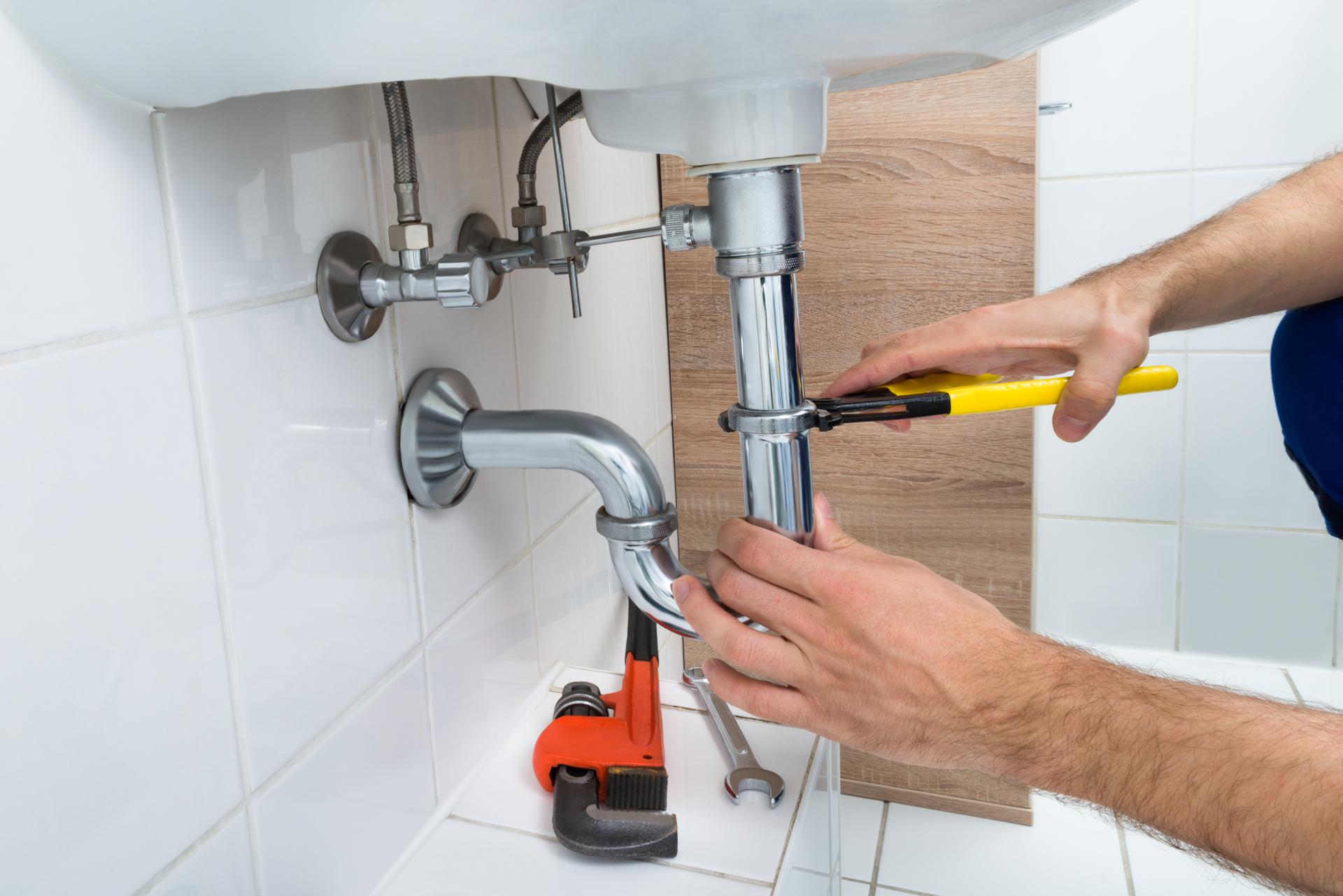Knowing When to Replace Your Plumbing and What You Should Anticipate

Plumbing is an essential component of any home, providing us with clean water to drink, cook and cleaning, as well as a way to dispose of wastewater. Like any other home appliance, plumbing will eventually become worn out and need replacement.
Being aware of when it’s time replace your plumbing is crucial to prevent costly repairs and avoid potential health hazards. This article will talk about the signs that suggest that your plumbing requires to be replaced, the factors to take into consideration before replacing your plumbing, the plumbing replacement process, the benefits that come with replacing your plumbing and a FAQ section to address any concerns you may have.
There are signs that it’s time to Replace Your Plumbing
There are a variety of indications that your plumbing needs to be replaced, for example: Leaks: If you notice water stains or puddles around your home, it’s likely to be a indication of a plumbing leak. Leaks can cause significant destruction to the structure of your home and can lead to the growth of mold and it’s important to address them promptly. Rust: Rusty pipes are evident that your plumbing is in need of be replaced. Rust can cause a contamination to the water you drink and make it unsafe to consume or cook with. Low water pressure: If your showerheads or faucets produce weak flow of water, it’s a sign of low water pressure that can be caused by blocked pipes or corroded pipes. Water discoloration like brown or yellow, is an indication of sediment or rust buildup within your pipes. This can affect the flavor and quality of your water. It may also be a sign of the need for a plumbing replacement.
Factors to Consider Before Replacing Plumbing
When replacing your plumbing, there are several things to think about, including: Age of the plumbing system: Plumbing systems have a lifespan of around 50 years, so should your home be older than that, it’s likely time for a replacement. Cost of replacement replacing your plumbing could be expensive, so it’s important to budget for this expense. Severity of plumbing problems If the plumbing issues are serious and affect multiple areas of your home replacing it could be the most effective option.
What can you expect during the Plumbing Replacement Process
The process of replacing plumbing involves several steps, including: Shutting off water flow: Your plumber will need to turn off the water supply to your home to prevent any water damage or leaks. Removing old pipes: Old pipes will need to be removed, which might require cutting into walls or floors. Installation of new pipes New pipes will be installed, and may require rerouting to ensure proper water flow. The length of time for the replacement of plumbing will depend on the dimensions of your house and the complexity of the project. Homeowners can expect some disruption during the process, including water shut-offs, and possibly destruction to floors and walls.
Benefits of replacing plumbing
Replacing your plumbing can provide a variety of advantages, such as: Increased water efficiency: New plumbing fixtures and pipes have higher efficiency, which means reducing the amount of water you use and decreasing your utility bills. Improved water quality: Replacing old, corroded pipes with new ones can improve the water quality and make it safe for drinking and cooking. Lower risk of plumbing issues New plumbing is less likely to develop leaks or clogs, reducing the need for expensive repairs in the near future.
Conclusion
Removing your plumbing is a major investment, but it’s essential for your home’s security and comfort. If you know the indicators that suggest your plumbing needs replacing, considering the factors before replacement, and knowing what you can expect from the replacement process, you’ll be able to make an informed choice about your home’s plumbing. Remember, replacing your plumbing offers several advantages, including improved efficiency of water, better water quality and less risk of future plumbing problems.
FAQ Section
What is the cost to replace the plumbing?
The cost of replacing your plumbing will vary based on many factors, such as how big your home, the complexity of the job, and the type of materials employed. In the average, homeowners should expect to spend between $5,000 and $10,000 for a complete plumbing replacement.
How long does it take to change the plumbing?
The time frame for plumbing replacement will depend on the size of your house as well as the complexity of the job. In general, a complete plumbing replacement can take between two to four weeks.
Should I replace my plumbing system if there is a leak?
If you’re experiencing a single water leak within your pipes system, it may not require a full replacement. However, if you’re experiencing multiple leaks or detect other indications of plumbing issues, a replacement could be the best choice.
Can I replace my plumbing by myself?
The replacement of your plumbing is a complex task that should be delegated to the expertise of a qualified plumber. Doing it yourself could result in costly errors as well as safety hazards.
What kind of pipes should I use for my plumbing replacement?
There are several types of pipes that are suitable for plumbing replacement, such as copper, PVC, and PEX. Your plumber can suggest the most appropriate type of pipes for your particular requirements and budget. In conclusion, replacing your plumbing is a significant decision that should be made with careful consideration. When you know the signs that suggest your plumbing requires to be replaced, considering the factors before replacement, and knowing what to expect during the plumbing replacement process, you can make an informed choice about the plumbing in your home. A professional plumber can help assist you in the procedure to ensure an efficient and successful plumbing replacement.
